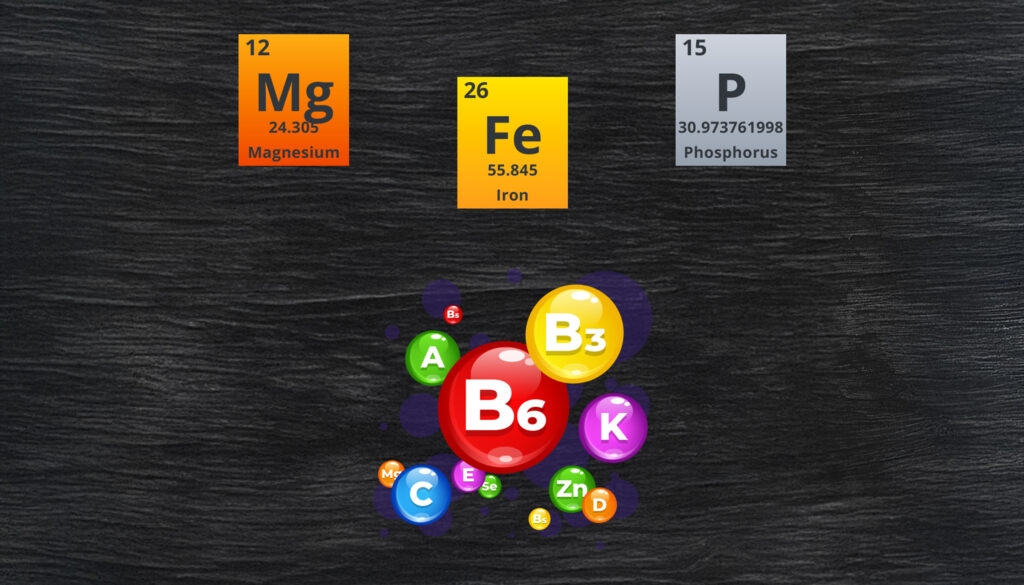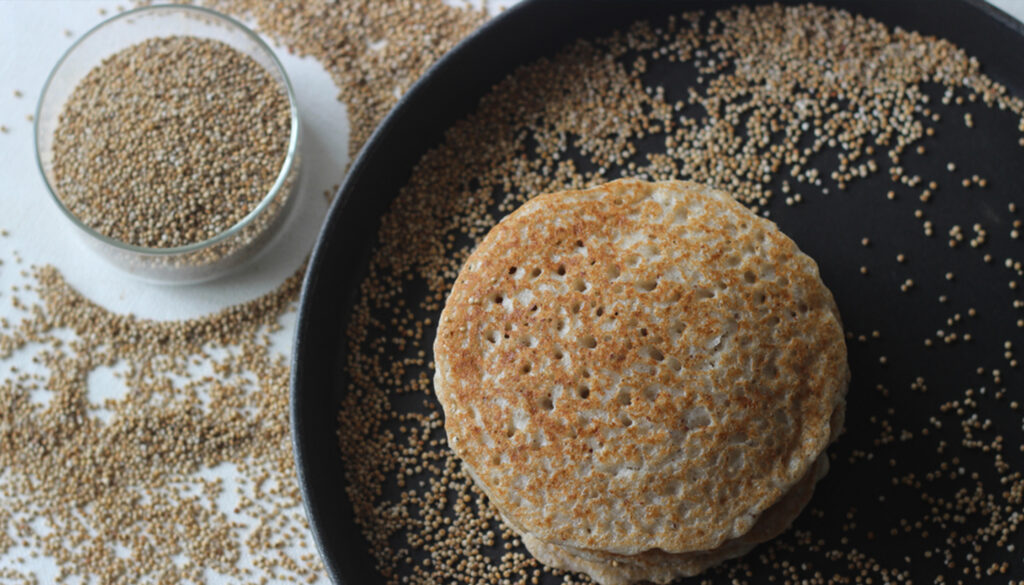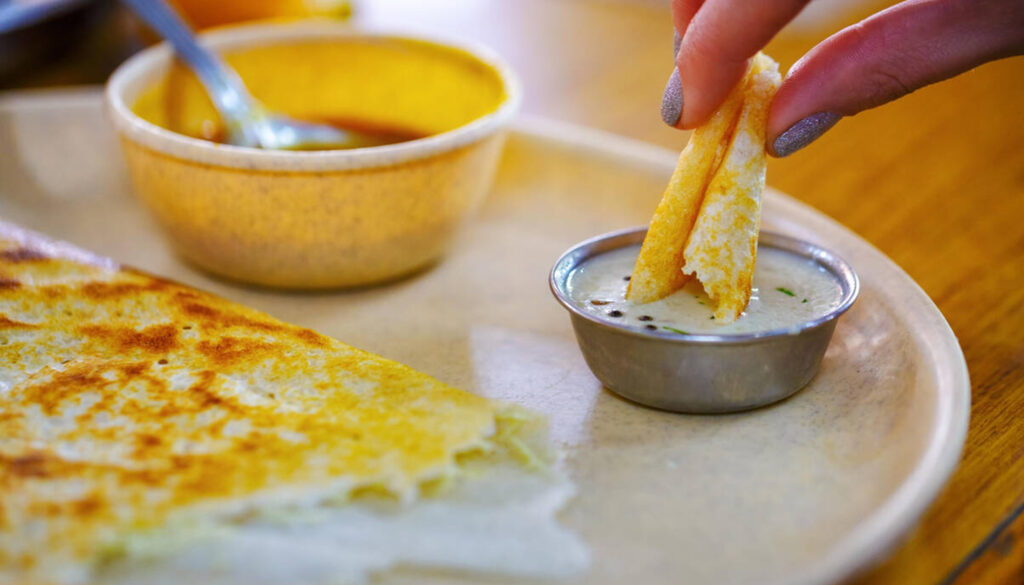In an era where fad diets and weight loss methods rise and fall, there’s one old grain that has survived the passage of time — millets. While millets were once the primary food of our forebears, they’re now gaining the place they rightfully deserve as a superfood, particularly among those seeking to lose kilos the natural way.
Millets are a family of small-seed grasses that are grown as cereal crops. Foxtail millet, finger millet (ragi), pearl millet (bajra), sorghum (jowar), little millet, and many others are some of the widely used ones. Not only are they nutrient-dense, but also gluten-free, digestible, and eco-friendly to cultivate. But do they actually support weight loss? The answer is a big yes — and here’s why.
Low Glycemic Index: A Weight Loss Game-Changer

One of the most important reasons why millets contribute to weight loss is that they possess a low glycemic index (GI). Low GI foods are digested slowly and absorbed slowly, which causes a slow increase in blood sugar and insulin levels. This not only ensures constant energy supply throughout the day but also stops the spikes that promote cravings and fat storage.
To contrast, white rice and refined wheat contain a high GI and trigger sudden sugar spikes, resulting in pangs of hunger more often. Millets, however, make you feel fuller for longer — allowing you to consume less in total.
High Fiber Content: Full, Eat Less

Millets are rich in dietary fiber, both soluble and insoluble. Fiber is important for weight loss as it retards digestion, keeps your stomach full, and lowers overall calorie consumption without feeling deprived.
The fiber in millets also ensures good gut health by serving as a prebiotic, maintaining healthy gut bacteria. A healthy gut is increasingly being associated with effective metabolism and improved weight management.
Packed with Essential Nutrients: Nutritious without Excess Calories

Weight loss never has to be at the cost of losing essential nutrients from your body. Millets are a nutrient wonder food— they are rich in:
- Magnesium (regulates blood sugar)
- Iron (enables energy) Phosphorus (metabolic function)
- B vitamins (for energy production)
- Protein (muscle sustenance and feeling full)
Due to their nutrient content, millets give you the nutrients your body requires even when you are on a calorie-restricted diet, minimizing the risk of fatigue or nutrient deficiency.
Gluten-Free by Nature: Suitable for Sensitive Digestive Systems

A lot of individuals report experiencing bloating or tummy discomfort after eating gluten, a protein that is contained in wheat and barley. This may cause the metabolism to be sluggish and also prevent weight loss.
Millets are gluten-free in nature, thus perfect for gluten-sensitive or those suffering from celiac disease. By substituting gluten-based grains with millets, numerous individuals feel less bloated and experience improved digestion — both of which aid in weight control
Increases Metabolism and Energy Level

Millets are high in complex carbohydrates and essential minerals that aid in metabolism boost. When your metabolism is functioning well, your body can burn calories better, even while resting.
Also, iron in millets facilitates the transportation of oxygen in the body, increasing energy levels and keeping you more active — a key aspect of any weight loss endeavor.
Easy to Add to Meals

One of the greatest advantages of millets is their cooking versatility. Millets can be incorporated in a number of recipes — from porridge and salads to dosa, khichdi, upma, and even biscuits.
This makes it simpler to add millets to your everyday diet without getting bored or limited, which is a major reason for remaining on any healthy eating regimen.
Controls Emotional Eating

Due to their high content of complex carbohydrates and magnesium, millets can stabilize mood and decrease symptoms of stress and anxiety.
This will indirectly prevent emotional eating or binge-eating episodes, a frequent obstacle to weight loss.
Top Millets for Weight Loss

Although all millets are useful, here are some standout choices particularly useful for weight loss:
- Foxtail Millet: It is low in calories and rich in complex carbs.
- Barnyard Millet: Very low glycemic index, excellent for diabetics.
- Finger Millet (Ragi): Rich in calcium and fiber; great for breakfast.
- Kodo Millet: High in antioxidants and easy to digest.
- Little Millet: Light on the stomach, rich in iron and fiber.
How to Start Including Millets in Your Diet

- Start slow: If you’re new to millets, begin by replacing one meal a day (like rice or wheat) with a millet alternative.
- Use a mix: Don’t limit yourself to one variety alone — alternate between ragi, bajra, jowar, etc., to maintain variety and nutritional equilibrium.
- Soak prior to cooking: Millets can be soaked for some hours prior to cooking to aid digestion and absorption of nutrients.
- Experiment with simple replacements: Make chapatis or pancakes using millet flour instead of wheat flour. Prepare millet porridge in place of oats for breakfast.
- Watch portions: Millets are healthy, but portion control is still crucial for weight loss.
- A Sample Millet-Based Meal Plan for Weight Loss
- Breakfast: Ragi porridge with nuts and a banana
- Lunch: Millet khichdi with vegetables and curd
- Snack: Roasted jowar puffs or millet crackers
- Dinner: Foxtail millet upma or bajra roti with dal and sautéed greens
Conclusion
Millets are more than a traditional food — they’re a clever, sustainable, and efficient friend in your weight loss battle. Their low-GI, high-fiber composition assists with appetite control, metabolism boost, and digestion. By incorporating millets into your diet on a regular basis, you’re not only giving your health a boost but also opting for a grain that’s kinder to the environment.



